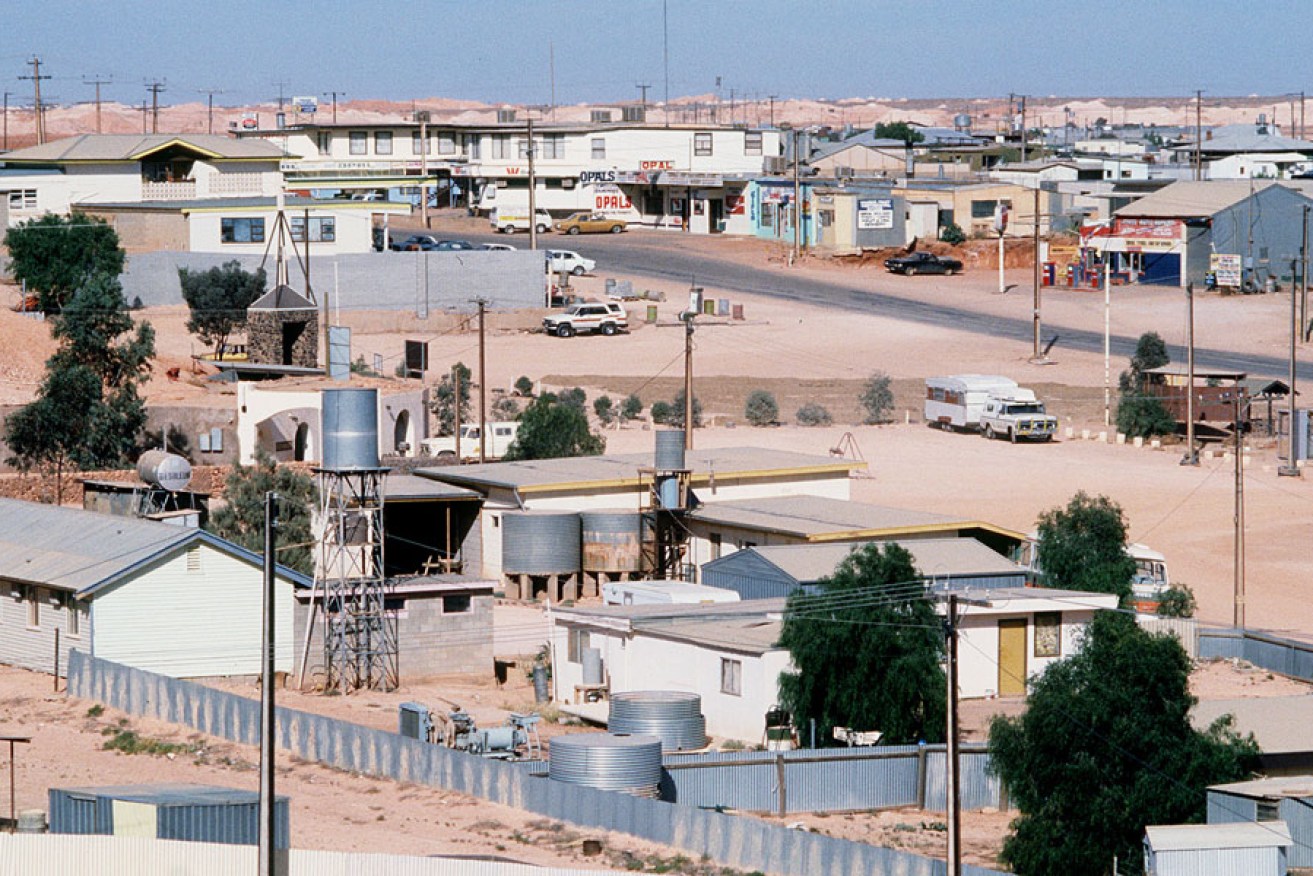Power hike zaps Outback towns

Businesses in Coober Pedy and 12 other Outback towns have faced power price hikes of up to 150 per cent.
While the State Government pursues its “Vibrant Adelaide” agenda, the opal-mining town of Coober Pedy is quickly losing its vibrancy under the weight of spiralling power prices, local business leaders say.
The Government’s decision to raise power prices by between 50 per cent and 150 per cent for most businesses in 13 remote northern communities has crippled the local economy and has already led to many lost jobs, local businesses claim.
As at least one major business owner plans more sackings before Christmas, Coober Pedy businesses are preparing to make power prices an issue in the March state election.
The Government has declined to pursue a KPMG report suggesting that the communities be connected to the grid at a cost of about $50 million.
The Government said the subsidy payments for diesel power generation were an impost on the state’s tax-payers and that residents have been shielded from the rises.
But the decision has outraged many locals.
They have seen the Government drawing an estimated $25 million in royalties from three mines in the area while de-funding remote electricity generation to levels well below other states like Western Australia and Queensland.
As well as Coober Pedy, other affected towns include Andamooka, Yunta, Nundroo, Marla, Oodnadatta, Marree, Kingoonya, Glendambo, Parachilna, Blinman, Manna Hill and Cockburn.
“This town is only 115km from the national grid but pays the same for power as Norfolk Island – which is 1,412km east of the mainland and closer to New Zealand,” said Robert Coro, Chair of the Coober Pedy Retail, Business and Tourism Association.
Coro, who leads the local business and tourism lobbies, said jobs had already been lost.
“About 25 casual positions have been let go in the past three months – across the town’s economy, not just tourism,” he said.
Coro employs about 80 people in two hotels.
“I now have to work out how many casuals to let go before Christmas,” he said.
Besides job losses, the tourism sector was losing competitiveness because electricity costs had to be passed on to customers, he said.
Figures prepared by Coober Pedy District Council claim that the Government subsidy now amounts to about $3.30 per person in the region, compared to about $55.60 in Queensland and $53.20 in Western Australia for similar remote communities not connected to the grid.
Coober Pedy business leaders and members of the local council are preparing to make the spiralling power prices an issue in the upcoming state election.
“Let’s hope that any new government understands that if the State plunders a region for its resources then they have a moral obligation to plough a little back into the region so that the towns remain open for business,” said Coro, who owns the Opal Inn, a 14-init tourist hotel in Coober Pedy. He admitted he will have to lay-off workers before Christmas.
“If the (Steven) Marshall-led Liberal team do win office next March will it make a difference?”
The local state electorate of Giles is held by retiring Labor MP Lyn Breuer. She held the seat in 2010 with a two-party-preferred majority of about 62 per cent after a swing against Labor of 4.5 per cent.
The Government surprised far north communities in 2011 by introducing the large increases in prices with two week’s notice.
Rises ranged from about 40 per cent for a small business like a take-away shop to 150 per cent for a large business like a hotel.
Locals revolted and the Government moved to phasing in the increases over three years. The final rise was imposed in August.
Comparisons with businesses in Adelaide are stark. According to figures prepared by Coober Pedy businesses, which have now been paying the new prices since August, a small business pays 30 per cent more for its electricity than the equivalent business in Adelaide, 50 per cent for a medium consumer of electricity and 110 per cent for a large commercial consumer.
Responsibility for the Remote Areas Energy Supplies (RAES) subsidy scheme lay with Energy Minister Tom Koutsantonis.
The electricity subsidy scheme dates from 1963 but its footprint has reduced as the grid has expanded within the state.
A spokesperson for the Energy Division of the Department for Manufacturing, Innovation, Trade, Resources and Energy said that small and medium residential consumers faced modest rises, kept to within 10 per cent of the grid price.
“Generating reliable power for remote communities costs more than the electricity available from the main grid,” said the spokesperson.
“Government and very large customers pay tariffs reflecting the full cost of supplying reliable power to their community.”
The electricity is generated locally and supplied to Coober Pedy District Council (which is the electricity retailer) by Queensland-based listed company Energy Developments Limited (ASX:ENE). ENE’s share price has risen from less than $2.50 in July 2012 to $5.80 currently.
Water in Coober Pedy is desalinated and locals claim the electricity price rises have flowed on to the price of water, which was already several times the cost that people in Adelaide pay.




